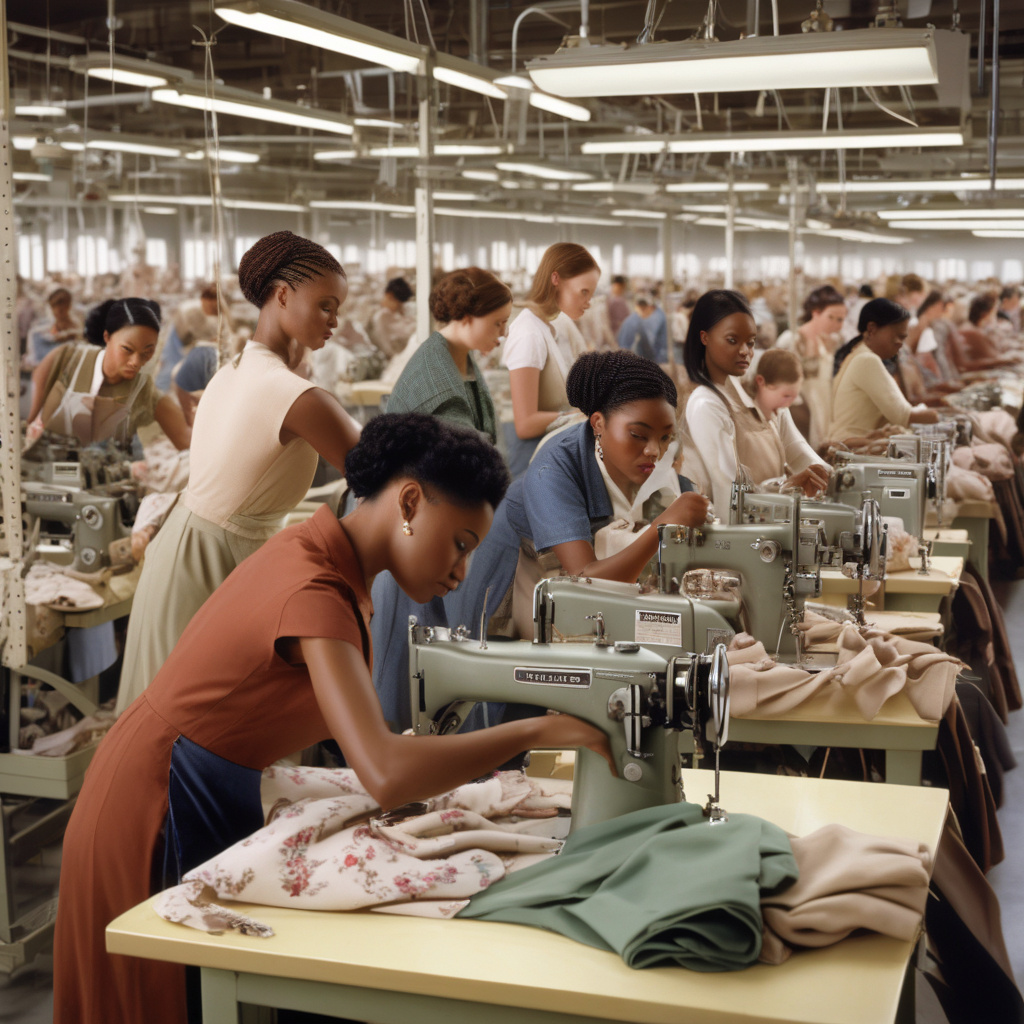The Debrief | Can Tariffs Really Revive ‘Made in USA’ Fashion?
In the realm of fashion, the concept of “Made in USA” holds a certain allure. It signifies quality, craftsmanship, and a sense of national pride. However, in recent years, the majority of fashion manufacturing has shifted overseas in search of cheaper labor and production costs. This trend has been particularly prevalent in the United States, where domestic manufacturing has steadily declined.
Enter Trump’s tariffs. In an effort to bring back manufacturing jobs to the US, President Trump imposed tariffs on a range of goods, including textiles and apparel. The idea behind these tariffs was to make foreign-made products more expensive, thus incentivizing companies to move their production back to American soil. But has this strategy been successful in reviving ‘Made in USA’ fashion?
BoF correspondents Malique Morris and Marc Bain recently delved into this topic, discussing the complicated reality of Trump’s tariffs and their impact on the fashion industry. While the tariffs have certainly made an impact, the results have been mixed. On one hand, some companies have indeed started to reshore their production, citing the tariffs as a driving force behind this decision. For example, brands like American Giant and Karen Kane have brought some of their manufacturing back to the US in response to the tariffs.
However, the story is not so straightforward. The fashion industry operates on tight profit margins, and the increased cost of production due to tariffs can have serious implications for businesses. Many companies simply cannot absorb these additional costs and have been forced to raise prices for consumers. This, in turn, can lead to decreased sales and potentially harm the brand’s reputation.
Moreover, the global nature of the fashion supply chain means that many products are made up of components from multiple countries. This complexity can make it difficult for companies to determine the true origin of their products and navigate the web of tariffs and regulations.
Despite these challenges, the idea of ‘Made in USA’ fashion remains an appealing one. Consumers are increasingly interested in supporting local businesses and knowing the origins of the products they purchase. Brands that can successfully leverage this trend and find ways to overcome the obstacles posed by tariffs may find themselves in a strong position in the market.
In conclusion, while Trump’s tariffs have certainly sparked a conversation about the future of ‘Made in USA’ fashion, the reality is far from simple. The fashion industry is a complex ecosystem, and any attempts to revive domestic manufacturing must take into account a wide range of factors. As the debate continues, it will be interesting to see how companies adapt to the changing landscape and whether ‘Made in USA’ fashion can truly make a comeback.
tariffs, MadeinUSA, fashionindustry, manufacturing, BoF












